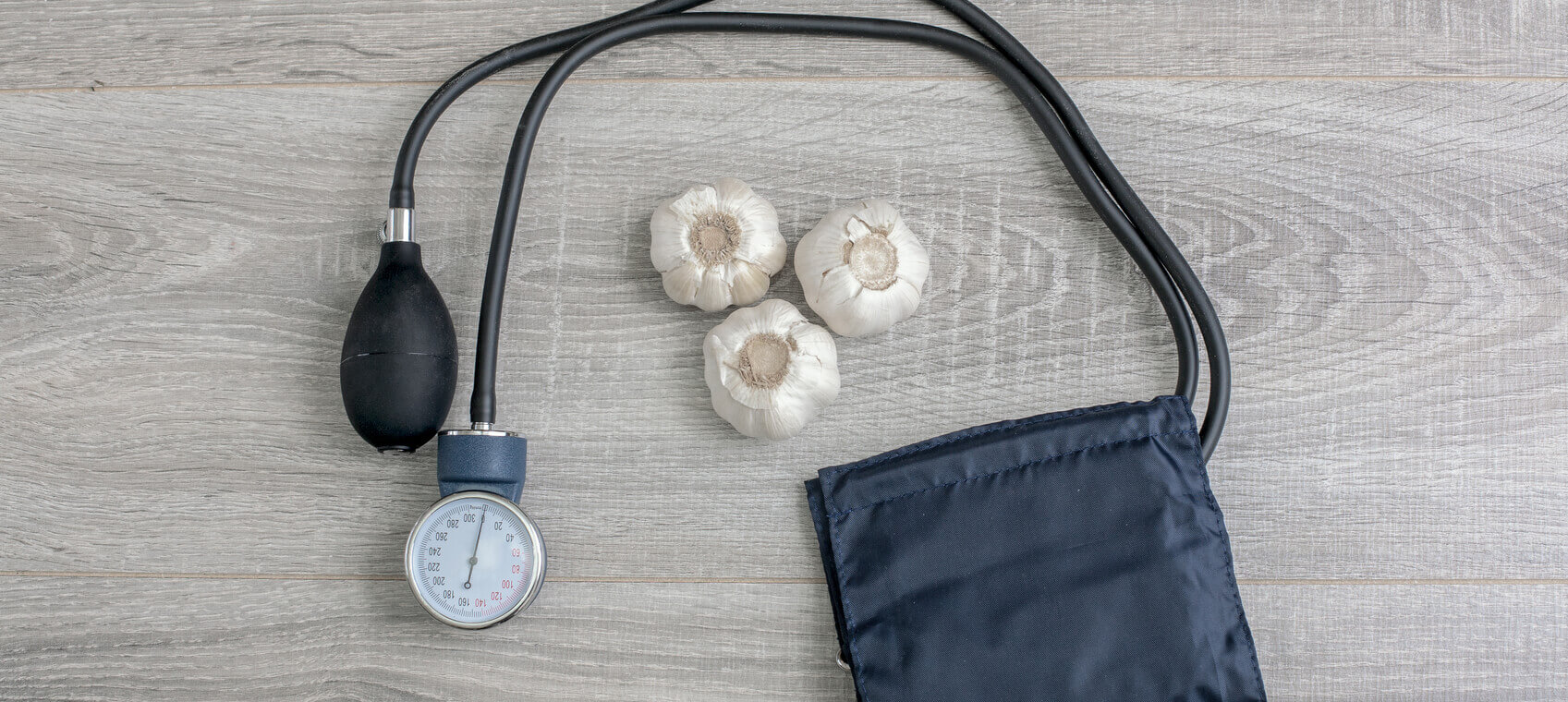
As a trained cardiologist and certified nutritionist, a big part of my approach to treating high blood pressure is incorporating a healthy eating lifestyle. There are eleven foods that are at the top of my list because they work wonders when it comes to lowering blood pressure. If you want to lower your blood pressure naturally, I wholeheartedly recommend making them a regular part of your diet.
- Apples: As the saying goes, “An apple a day keeps the doctor away,” and for good reason. Apples lower blood pressure. That’s because apples are a great source of quercetin, a flavonoid that is quickly absorbed into your system and attacks free radicals, supports veins, and lowers blood pressure naturally. If you want to lower blood your blood pressure, eat more apples (organic is best).
- Raw Onions: Like apples, onions are a quercetin-rich food that lowers high blood pressure. For the best medicinal results, you should eat onions raw since cooked onions don’t have the same effect. For optimal health benefits, I recommend combining onions with other ingredients that lower high blood pressure, such as garlic and olive oil.
- Garlic: Clinical research has shown that garlic inhibits platelet aggregation (stickiness and clumping), which helps to thin the blood much like aspirin or thrombolytic drugs do. Plus, garlic lowers high blood pressure and reduces fibrinogen (a blood clotting component), preventing the formation of blood clots. Although evidence to date indicates that raw, cold-aged garlic offers the greatest medicinal value, studies have demonstrated that cooked garlic is also effective.
- Olive Oil: I consider olive oil to be one of the best heart healthy foods, and it has a solid reputation for lowering blood pressure. In fact, a study published back in 2000 found that extra virgin olive oil is more effective than sunflower oil at reducing both systolic and diastolic blood pressure. But even more importantly, one third of study participants in the olive oil group could stop their prescription blood pressure medications after six months. Here’s how to make sure you’re getting pure olive oil.
- Flaxseed: The key to getting your blood pressure numbers in a healthy range is to add more omega-3s to your diet—and eating flaxseed for your blood pressure is an excellent option. When adding flax into your daily diet, ground flaxseed is a better choice than flaxseed oil because it’s fresher. Another positive of flaxseeds is that they contain a significant amount of fiber, which promotes regularity and fullness. This can lead to weight loss, which also lowers blood pressure.
- Dark Chocolate: Over the past several years there has been an explosion in research on cocoa and dark chocolate and the latest studies have shown that dark chocolate (which is at least 65% polyphenol-rich cocoa) lowers high blood pressure. Remember to eat dark chocolate in moderation, only one ounce at a time. And if you have sensitivities to sugar, you should not eat any form of chocolate.
- Natto: Natto, a cheese-like fermented soy product that’s popular in Japan, helps to lower blood pressure naturally because it helps to prevent blood clotting. Sold at most Asian grocery stores and in some health food stores, natto is frequently served as a condiment or with miso, cabbage, eggs, or mixed in salads. A word of caution here: If you’re taking a blood thinner such as Coumadin (warfarin), you should not eat natto because it may thin your blood too much.
- Coldwater Fish: Omega-3 fats and other healthy (monounsaturated) fats, such as those in cold-water fish (and avocados), stimulate the production of nitric oxide that keeps arteries properly dilated. It also counteracts the vasoconstricting effect of stress that can cause high blood pressure. The protein in fish makes it a natural supplement to lower blood pressure. For best results, eat cold-water fish, such as wild-caught Alaskan salmon, one to two times per week.
- Celery: Many people don’t think about celery for blood pressure. But celery, celery extract, and celery oil all contain apigenin, which relaxes blood vessels and lowers blood pressure. Consuming four stalks of celery per day, eight teaspoons of celery juice three times daily, or an equivalent amount in the form of supplemental celery seed extract (1,000 mg twice a day) or oil (one-half to one teaspoon three times daily in tincture form) provides a natural remedy for high blood pressure.
- Blueberries: The high flavonoid content and powerful antioxidant properties of blueberries allow them to help reduce blood pressure and also improve memory. In one study, British researchers found that those with the highest intake of anthocyanins (predominantly from blueberries and strawberries) had an 8 percent reduction in blood pressure compared to those with the lowest intake. Researchers think that anthocyanins reduce high blood pressure by promoting the release of nitric oxide, the chemical in arterial walls that keeps the blood vessels relaxed and dilated.
- Asparagus: Not only is green asparagus delicious, it can help to reduce high blood pressure naturally. That’s because asparagus contains the sulfur-containing metabolite asparatine which acts as a natural angiotensin-converting enzyme (ACE) inhibitor. ACE inhibitor medications help to widen blood vessels, so blood can flow through. I like to quickly roast asparagus spears for 2 to 5 minutes, then season with a drizzle of olive oil, chopped garlic, and a few squeezes of fresh lemon juice.


